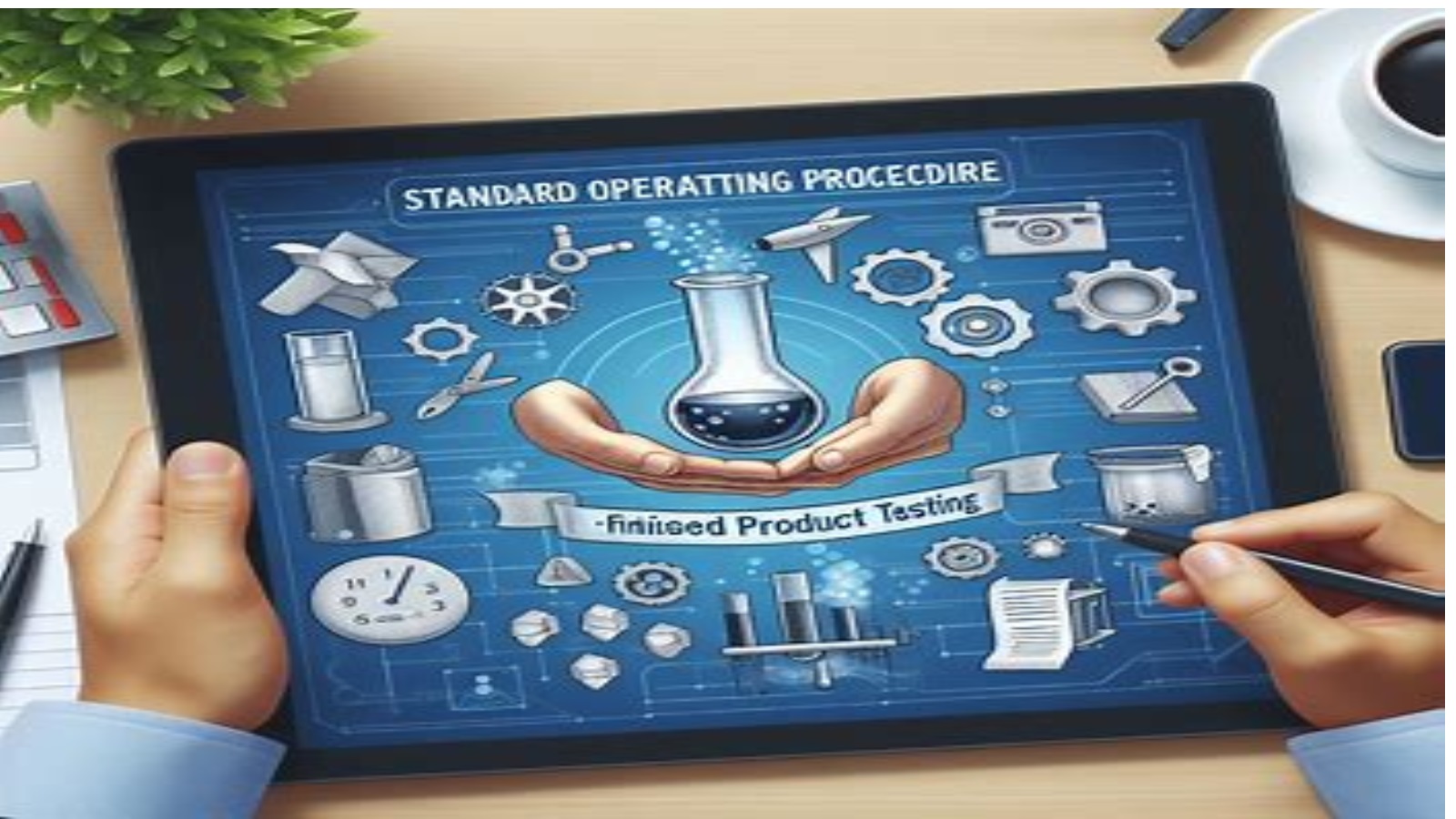1. Purpose:
To establish a standardized procedure for conducting finished product testing to ensure the quality and compliance of the products before distribution to customers.
2. Scope:
This procedure applies to all personnel involved in the testing of finished products at [Company Name].
3. Responsibilities:
- Quality Control Manager: Responsible for overseeing the entire finished product testing process.
- Laboratory Technicians: Responsible for conducting the tests according to this procedure.
- Production Team: Responsible for providing samples of finished products for testing.
- Quality Assurance Team: Responsible for reviewing the test results and approving product release.
4. Procedure:
4.1 Sample Collection:
- Production team will collect representative samples of finished products according to the sampling plan.
- Samples will be labeled with unique identifiers including batch number, date, and product name.
4.2 Sample Preparation:
- Laboratory technicians will prepare the samples for testing as per the specified requirements outlined in the product testing protocols.
- Ensure that the samples are handled carefully to prevent contamination or degradation.
4.3 Physical Testing:
- Perform physical tests such as appearance, color, odor, texture, and packaging integrity according to the defined specifications.
- Record observations accurately and compare against acceptance criteria.
4.4 Chemical Testing:
- Conduct chemical tests including pH, viscosity, moisture content, and any other specific tests relevant to the product.
- Use calibrated equipment and follow standard procedures to ensure accuracy.
4.5 Microbiological Testing:
- For products requiring microbiological testing, follow aseptic techniques to prevent contamination.
- Perform tests for microbial load, pathogens, and preservative efficacy according to established protocols.
4.6 Stability Testing:
- If applicable, conduct stability testing to evaluate the shelf-life and storage conditions of the finished products.
- Follow established protocols for accelerated and real-time stability testing.
4.7 Analytical Testing:
- Analyze samples using analytical techniques such as chromatography, spectrophotometry, or titration to quantify active ingredients or impurities.
- Ensure compliance with regulatory requirements and internal quality standards.
4.8 Documentation and Reporting:
- Record all test results, observations, and deviations in the designated logbooks or electronic systems.
- Prepare a comprehensive test report summarizing the findings, including any out-of-specification results and corrective actions taken.
- Submit the test report to the Quality Assurance team for review and approval.
4.9 Product Release:
- Quality Assurance team will review the test results and approve the release of products that meet the acceptance criteria.
- Products failing to meet specifications will be flagged for investigation and disposition according to the non-conformance procedure.
5. Training:
- Ensure that all personnel involved in finished product testing are adequately trained on this procedure and relevant testing methods.
- Conduct periodic refresher training to keep staff updated on any changes or improvements.
6. Records Retention:
- Maintain all records related to finished product testing, including raw data, test reports, and approvals, as per the document retention policy.
7. References:
- Refer to applicable SOPs, quality standards, regulatory guidelines, and product specifications for additional guidance.
8. Revision History:
- Any revisions to this procedure must be documented, and all affected personnel must be notified of the changes.
9. Approval:
- This SOP is approved by the Quality Control Manager and Quality Assurance Manager.
10. Distribution:
- Ensure that all relevant personnel have access to this SOP and are aware of their responsibilities.
11. Implementation:
- This SOP becomes effective immediately upon approval and must be followed for all finished product testing activities.
- For more articles, Kindly Click here.
- For pharmaceutical jobs, follow us on LinkedIn
- For Editable SOPs in word format contact us on info@pharmaceuticalcarrier.com
- For more information kindly follow us on pharmaguidelines.co.uk










